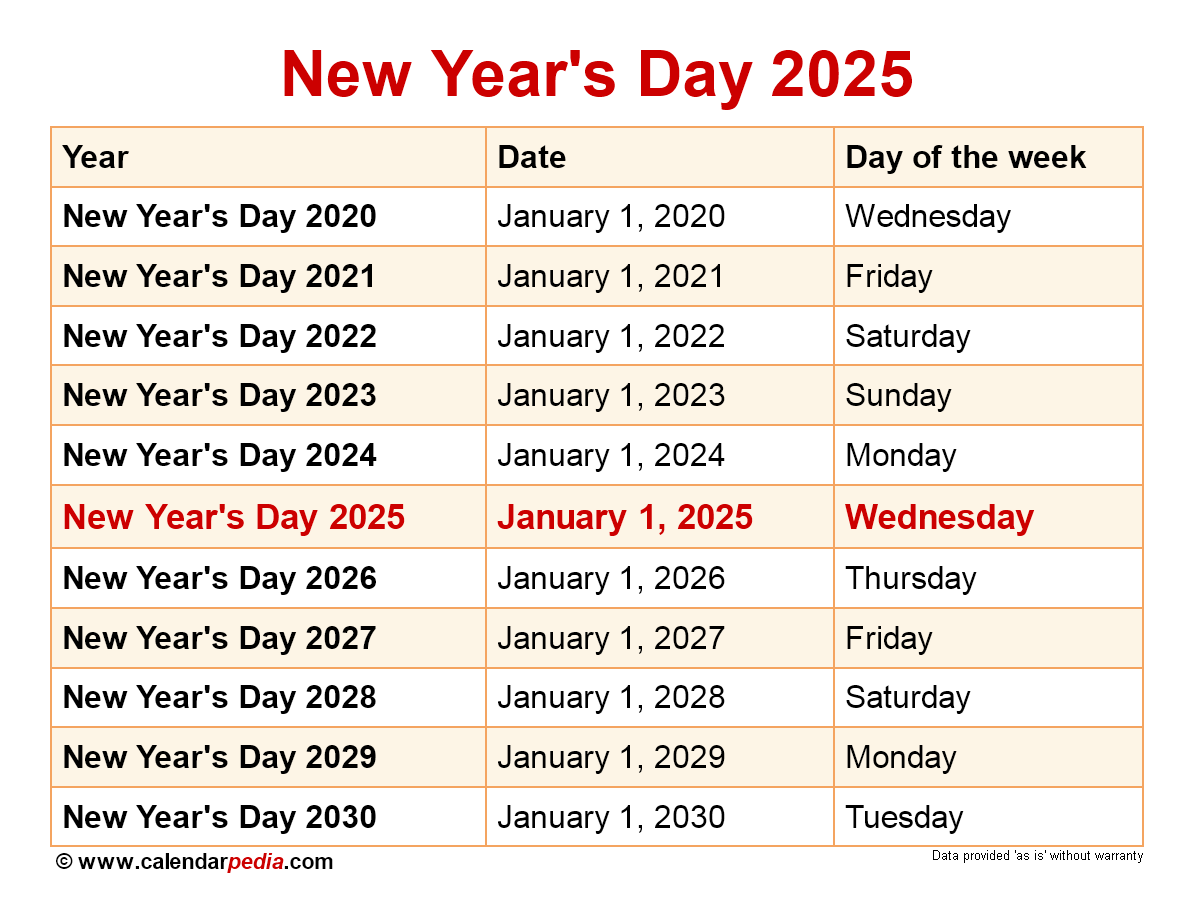60 Days From February 28 2025

Sixty days. It's a seemingly short timeframe, but when counted down from February 28, 2025, it lands squarely on April 29, 2025 – a date looming large for various sectors, initiatives, and even individuals globally. This seemingly arbitrary deadline holds the potential to trigger significant shifts across diverse areas, from environmental regulations and technological advancements to international agreements and social programs.
The implications of reaching April 29, 2025, vary dramatically depending on the context. Several key deadlines and projected milestones converge around this date, making it a critical focal point for stakeholders across multiple industries and governance structures. Understanding the specific events and deadlines tied to this date is crucial for proactive planning and informed decision-making in the coming months.
Environmental Regulations and Climate Action
A notable area of impact centers on environmental regulations, particularly those related to climate change. Several nations committed to specific targets under the Paris Agreement may face critical evaluation points around this period.
For example, countries adhering to nationally determined contributions (NDCs) may be required to submit updated reports, reflecting progress made (or lack thereof) towards emission reduction goals. The exact requirements and reporting schedules vary by nation, but the general trend points towards increased scrutiny and accountability as the effects of climate change become more pronounced.
Furthermore, policies concerning renewable energy adoption and fossil fuel phase-out are expected to face renewed debate. The political climate and technological advancements will likely influence the direction of these discussions, potentially leading to new incentives or stricter regulations impacting energy producers and consumers alike.
Technological Advancements and Industry Standards
The tech world also has its eyes on April 29, 2025. Several major technology companies have announced plans for significant product releases or software updates slated around this timeframe.
The introduction of new AI-powered systems and the evolution of existing artificial intelligence models could reshape industries. This date is also relevant to the implementation of new industry standards and regulations related to data privacy and security.
For example, certain provisions of the European Union's Digital Services Act (DSA) may be subject to further review and potential adjustments based on the experiences of early adopters. These changes will significantly impact businesses operating within the EU and those interacting with European users.
International Agreements and Political Landscapes
International agreements also have deadlines and potential shifts tied to April 29, 2025. Ongoing trade negotiations and diplomatic initiatives might be scheduled to conclude or enter critical phases around this date.
Specific agreements focusing on trade, security, and humanitarian aid may be subject to renewal, amendment, or potential termination depending on geopolitical dynamics. These outcomes can impact global supply chains, international relations, and the distribution of resources.
Furthermore, the political landscape in several countries might undergo shifts due to elections, leadership transitions, or policy changes occurring around or leading up to April 29, 2025. These changes could create uncertainties in policy making and influence international relationships.
Social Programs and Policy Implementation
Social programs and government policies often have implementation timelines connected to specific dates. April 29, 2025, might represent a milestone for evaluating the effectiveness of existing programs or launching new initiatives aimed at addressing social needs.
For instance, the success or failure of a pilot program designed to improve access to healthcare or education might be assessed around this time. The outcomes of these evaluations could influence future funding decisions and policy adjustments.
In addition, changes to employment laws, social security benefits, or welfare programs could be implemented or take effect on or around this date. These changes would directly impact individuals and families relying on these programs for support.
Potential Challenges and Opportunities
The convergence of these various deadlines and potential shifts presents both challenges and opportunities. Businesses and organizations need to proactively assess the potential impact of these changes and develop strategies to adapt and thrive.
There are calls for greater transparency and collaboration among stakeholders to ensure smooth transitions and avoid unintended consequences. The ability to anticipate and respond effectively to these changes will be critical for navigating the complexities of the coming months.
Governments and international organizations are urged to foster dialogue and cooperation to address the challenges and seize the opportunities that arise. Ignoring the significance of this period will only lead to further difficulties.
Looking Ahead
As April 29, 2025, draws closer, heightened awareness and preparation will be crucial. The decisions and actions taken in the preceding months will shape the outcomes and determine the long-term consequences across various sectors.
Continuous monitoring of developments, proactive engagement with stakeholders, and a willingness to adapt to evolving circumstances will be essential for navigating the complexities ahead. The ability to plan and prepare for these looming deadlines will ultimately determine the success or failure of numerous initiatives and organizations.
Whether it’s environmental progress, technological innovation, political stability, or social welfare, April 29, 2025, serves as a potent reminder of the interconnectedness of global challenges and the importance of proactive planning. Time is ticking, and the world watches.
















